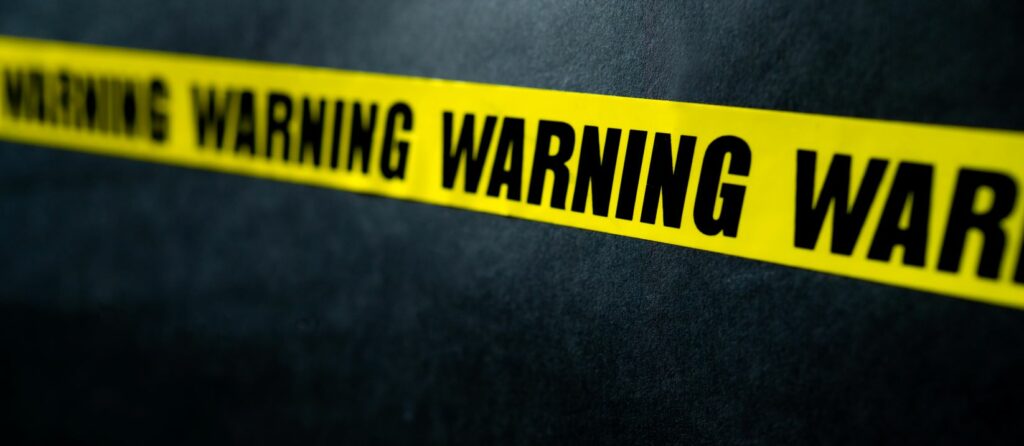Introduction
Every parent's headache is the idea of their newborn encountering a crucial emergency situation. Understanding cardiopulmonary resuscitation (CPR) techniques specifically tailored for newborns can be the difference between life and death in such circumstances. Yet, lots of parents are unaware of the special procedures involved in doing CPR on babies. This thorough guide intends to furnish every moms and dad with important expertise and skills concerning CPR on babies, diving right into one-of-a-kind techniques that can conserve lives.
CPR on Newborns: Special Strategies Every Moms And Dad Need To Know
Cardiopulmonary resuscitation (CPR) is a lifesaving technique utilized in emergencies when a person's breathing or heart beat has stopped. While lots of people are familiar with grown-up CPR, the approaches vary considerably when it involves infants. The fragile nature of a newborn calls for particular techniques that differ from those made use of on older youngsters and adults.

Understanding Newborn Anatomy and Physiology
Before diving right into CPR strategies, it's crucial to recognize the makeup and physiology of a newborn. Newborns have smaller sized lungs, fragile ribs, and a various circulatory system than adults. Recognizing these distinctions can assist moms and dads execute CPR even more effectively.
The Value of Respiratory tract Management
Newborns' air passages are smaller and more vulnerable to blockage; thus, respiratory tract administration is important during an emergency situation. Parents ought to find out exactly how to correctly get rid of an airway to ensure effective breathing restoration.

Recognizing When to Carry out CPR
One of the initial steps in any kind of emergency situation is recognizing when CPR cpr certified first aid course is necessary:
- Unresponsiveness: If your child isn't reacting or moving. No Breathing: If your baby isn't breathing normally or at all. Abnormal Skin Color: A bluish color around lips or face indicates lack of oxygen.
Initial Evaluation: The DRSABCD Approach
The DRSABCD approach is critical for examining any kind of emergency circumstance:
D - Danger: Make certain the atmosphere is safe. R - Response: Check if the infant responds by gently drinking them. S - Send out for Help: Require emergency help if needed. A - Airway: Open the respiratory tract by tilting the head back gently. B - Breathing: Search for indicators of breathing. C - Compression: If no breathing is identified, begin CPR. D - Defibrillation: Use an AED if readily available and qualified to do so.The Actions to Execute Baby CPR
Performing CPR on a newborn varies significantly from adults due to their size and delicacy:
1. Positioning
Lay the infant on their back on a company surface.
2. Opening Airway
Gently turn the head back somewhat to open up the airway while making sure not to exhaust it.

3. Check Breathing
Look for breast activities and pay attention for breath appears for about 10 seconds.
4. Chest Compressions
Using 2 fingers put just listed below the nipple area line, lower about 1/3 deepness of their upper body (regarding 1-1.5 inches) at a rate of 100-120 compressions per minute.
5. Rescue Breaths
After every 30 compressions, provide two mild rescue breaths:
- Seal your lips around their mouth and nose, Deliver each breath over one secondly while observing for breast surge, Repeat till you see indications of life or aid arrives.
Common Blunders Throughout Baby CPR
Even well-intentioned initiatives might falter due to common errors:
- Applying too much pressure throughout compressions can create injury. Failing to ensure proper head tilt might block airflow. Not asking for help early enough can postpone crucial care.
Mental Preparation for Emergencies
It's natural to really feel panic in emergencies; nonetheless, mental prep work plays a crucial role in properly performing first aid steps:
- Remain calmness; worrying impedes clear thinking. Practice mindfulness strategies before entering parenthood.
FAQs About CPR on Newborns
What should I do if my newborn stops breathing?
If your newborn quits breathing, rapidly assess their responsiveness, telephone call for help, inspect their airway, and begin CPR as detailed above.
How usually should I take first aid courses?
It's suggested that moms and dads revitalize their expertise every 2 years by taking first aid programs or certain baby CPR training sessions.
Can I make use of an AED on an infant?
Generally speaking, AEDs are not recommended for infants under one years of age unless especially designed for such usage; always adhere to producer's instructions.
Where can I locate first aid training courses near me?
You can search online utilizing terms like "first aid course near me" or examine neighborhood health centers or community centers that often provide these courses regularly.
How long does a first aid certification last?
Typically, the majority of first aid accreditations remain valid for 3 years before requiring revival via correspondence course that include updated practices like DRSABCD protocols.
Is it essential to discover psychological health and wellness first aid as well?
Absolutely! Mental health first aid gears up parents with skills needed not just in physical emergencies yet additionally in determining psychological distress amongst children local first aid & cpr programs and adolescents.
Conclusion
Understanding "CPR on Newborns: Special Methods Every Parent Ought To Know" isn't just regarding obtaining technological skills; it's about equipping on your own as a caretaker all set to encounter unexpected obstacles head-on. Whether through committed training programs like those supplied by numerous companies or exercising hands-on strategies with family members during workshops-- every initiative counts in the direction of constructing self-confidence in your ability to respond properly throughout emergencies involving your precious newborns.
Incorporating this understanding right into your parenting toolkit might imply saving lives when it matters most. So why wait? Join today for courses such as "first aid program," "cpr training," or specialized "infant first aid training course" alternatives offered close by-- you never ever know when you might need them!